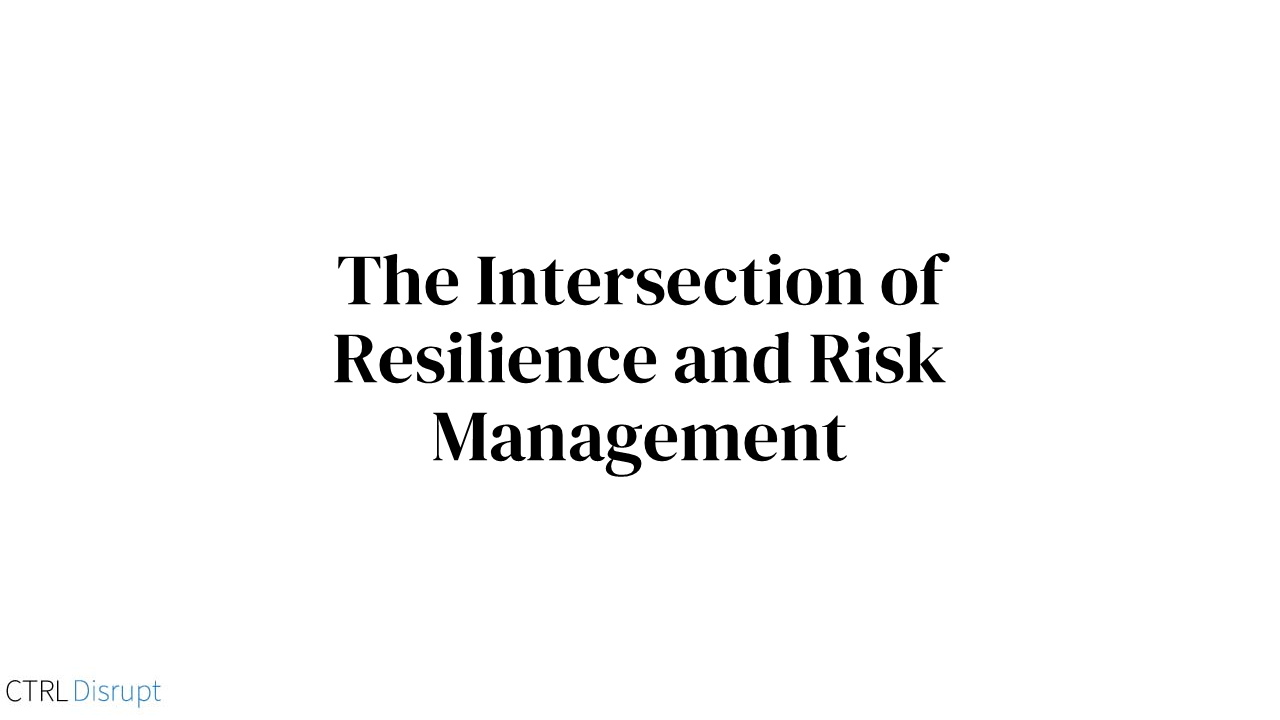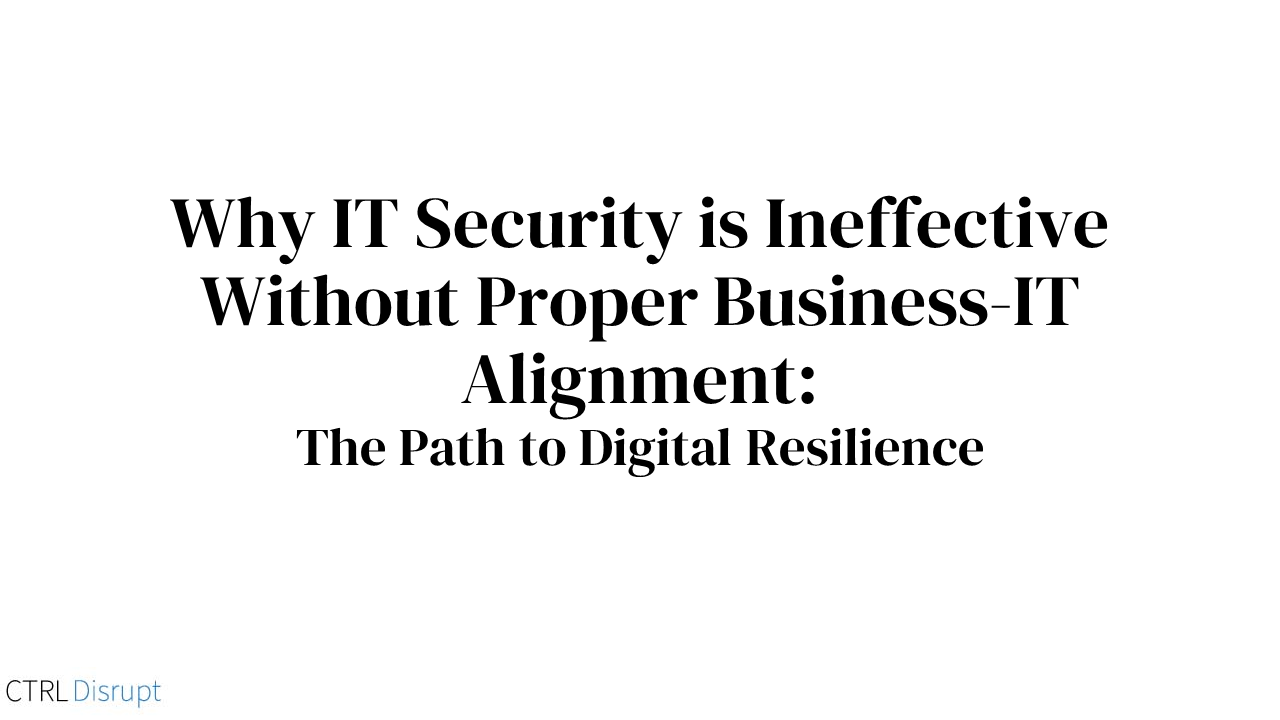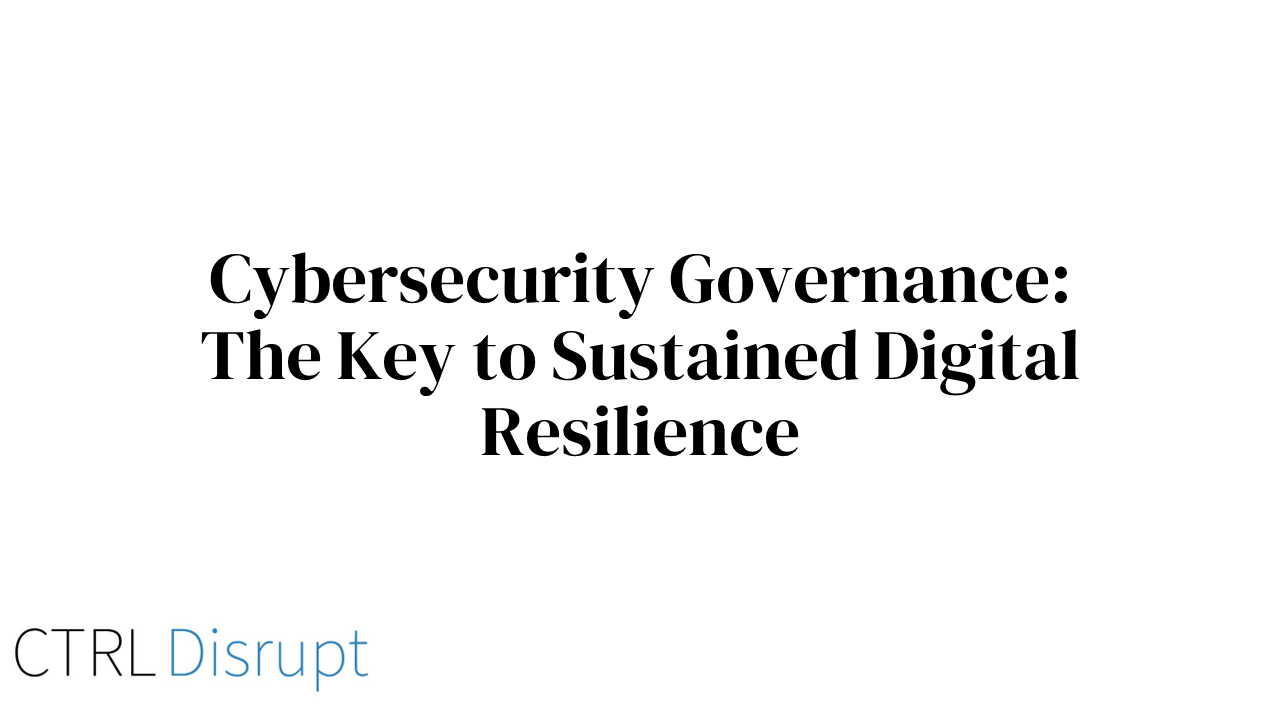Blueprint to Excellence: Crafting a Winning Strategy
Introduction
In an ever-evolving world of business, organizational leaders often grapple with dynamic challenges. From market fluctuations to technological advancements, from shifting consumer preferences to global crises, the variables at play are multifaceted. Amidst this complexity, a robust, well-defined strategy stands as a beacon, guiding organizations toward a defined purpose and vision. Much like how architects rely on blueprints to construct skyscrapers that withstand time and tumult, organizations need a strategic blueprint to build a legacy of excellence. This article serves as a guide to crafting that winning strategy, enabling businesses to rise, thrive, and excel, even when navigating the choppiest of waters.
Understanding the Foundations
Key Components of a Robust Organizational Strategy: Every strategy starts with a core foundation. These foundational elements determine the direction, scope, and purpose of the organization. Essential components include:
- Purpose & Vision: What does your organization aspire to achieve in the long run? This serves as the North Star, guiding every strategic decision.
- Mission Statement: A concise articulation of the organization's raison d'être - why it exists and what it seeks to accomplish.
- Core Values: The principles and ethics that dictate the behavioral norms and culture within the organization.
The Role of a Clear Mission and Vision: A mission and vision aren't just words on paper; they are the heart and soul of an organization's strategic foundation. They provide clarity to employees about the organization's direction and infuse a sense of purpose in day-to-day operations. Organizations that clearly communicate their mission and vision tend to foster greater employee engagement, loyalty, and productivity.
Building Blocks of Strategy
Goal Setting: SMART Goals and Their Significance: While the foundational elements outline the broader direction and ethos of the organization, tangible goals provide specific milestones to strive towards. SMART goals - Specific, Measurable, Achievable, Relevant, and Time-bound - enable organizations to translate their broader vision into actionable steps. They provide clarity, drive focus, and offer a framework for monitoring progress.
Tactical vs. Strategic Thinking: It's essential to distinguish between tactical and strategic thinking. While tactical thinking is about the "how" - the methods, techniques, and actions taken to achieve specific objectives - strategic thinking focuses on the "what" and "why" - the bigger picture, the long-term goals, and the reasons behind pursuing them. An optimal strategy interweaves both, ensuring short-term actions align with and drive towards long-term aspirations.
Analyzing Strengths, Weaknesses, Opportunities, and Threats (SWOT): No blueprint is complete without an honest assessment of where the organization stands. SWOT analysis provides a holistic view of the internal strengths and weaknesses and the external opportunities and threats. This analysis enables organizations to leverage their strengths, address their weaknesses, capitalize on opportunities, and prepare for potential threats. It forms a pivotal step in crafting a strategy that is both grounded in reality and aspirational in its reach.
Incorporating Stakeholder Insights
In the intricate dance of organizational strategy, stakeholders—both internal and external—play pivotal roles. Their insights, feedback, and engagement directly influence the resilience of a business in the face of challenges. When crafting a strategy, it’s akin to setting up a robust governance system, ensuring that every voice, every opinion, and every concern is heard, valued, and integrated.
Resilience in the business world is often born from an organization's ability to listen. For instance, employees, being on the front lines, offer firsthand perspectives on potential risks, operational efficiencies, and areas ripe for innovation. Their insights can bolster the organization's strategy, preparing it for unforeseen challenges and ever-evolving market dynamics. Regular feedback sessions and open-door policies can serve as conduits for these invaluable inputs, reinforcing a culture of inclusivity and collaboration.
On the flip side, external stakeholders offer a window to the outside world. Customers, with their direct feedback on products and services, can highlight potential risks or opportunities, allowing businesses to adapt proactively. Partners and suppliers bring in industry insights, ensuring the strategy remains relevant in a broader ecosystem. And even competitors, with their market moves, indirectly shed light on gaps or trends. By embracing tools like digital surveys, focus group discussions, and market analyses, organizations can ensure they remain attuned to these external vibrations.
But incorporating stakeholder insights is not just about gathering feedback; it's a testament to the organization's governance quality. Good governance ensures that feedback doesn’t just remain on paper but seeps into the strategy, refining it, and enhancing its potency. It's a dynamic dance of risk assessment, adaptation, and forward-thinking, ensuring the strategy remains both grounded in present realities and aspirational in its vision.
In essence, by valuing and integrating stakeholder insights, organizations don't just craft a strategy; they fortify it, making it resilient, relevant, and ready for the challenges of tomorrow.
From Paper to Practice: Execution is Key
In the intricate landscape of organizational resilience, it's often said that a strategy, no matter how visionary, is just a dream without execution. This journey from strategy design on paper to its tangible realization in the real world is peppered with challenges, nuances, and revelations. Much like navigating a ship through stormy seas, steering an organization requires both foresight and adaptability.
The first gusts of wind that organizations often face come in the form of misalignment between teams. A strategy that is crystal clear to the leadership might seem murky to the rank and file, leading to deviations in execution. It is here that governance plays a crucial role. Through effective governance mechanisms, organizations can ensure that the strategy is communicated, understood, and embraced across all levels. It's about creating a transparent environment where every member is aligned with the strategic vision, aware of their role, and invested in the collective success.
However, even with the best governance in place, external and internal risks lurk, waiting to test the strategy's resilience. Resource constraints can arise, be it in the form of finances, manpower, or technology. Such constraints can impede the execution, causing potential delays or deviations. Additionally, while communication is the bridge between strategy formulation and execution, breakdowns in this bridge can lead to misunderstandings, misinterpretations, and missteps. And not to forget, the inherent human resistance to change, which can sometimes be the most unpredictable risk of all.
But it's not all stormy seas. The true mettle of an organization is proven not just by how well it anticipates and navigates these challenges but also by how agile it is in adapting its strategy. Markets evolve, customer preferences shift, and new technologies emerge. The strategy that seemed perfect yesterday might need refinement today. Regular monitoring, constant feedback loops, and a keen eye on performance metrics are essential. They help organizations gauge the effectiveness of their strategy, identify potential risks early, and adapt proactively.
In the grand tapestry of organizational resilience, strategy execution stands as a testament to an organization's governance strength, risk management prowess, and forward-looking vision. It's about charting a course, braving the winds, and adjusting the sails as needed, ensuring the ship not only stays afloat but also reaches its destined shores of success.
Monitoring and Adapting the Blueprint
In the dynamic realm of business, the fabric of organizational resilience is often woven through the threads of consistent monitoring and iterative adaptation. Strategy, in its essence, is a living blueprint, one that requires nurturing, reflection, and occasional recalibration.
Imagine steering a ship through an ocean. The initial course, set using the best available maps and knowledge, is your strategy. But as any seasoned sailor will tell you, the ocean is unpredictable. Currents change, unforeseen obstacles emerge, and sometimes, there are serendipitous discoveries of new lands. In the same vein, an organizational strategy encounters risks that might not have been evident during its inception. Economic shifts, technological innovations, and evolving consumer preferences can all challenge the course set initially.
This is where the significance of Key Performance Indicators (KPIs) emerges. These compass points guide the organizational ship, ensuring it stays true to its strategic path. They provide real-time feedback, indicating if the strategy is fostering success or if there are potential risks on the horizon. However, KPIs aren't static markers. Good governance dictates that they be reviewed and revised as the organization evolves, ensuring they consistently reflect the strategic objectives and current realities.
Yet, even with the most meticulous monitoring, there's an element of strategy that remains art as much as it is science: the art of adaptation. Resilience isn't just about weathering the storms but also about harnessing their energy. When market trends shift or unforeseen challenges arise, a resilient organization doesn't merely brace for impact. Instead, it evaluates, learns, and iteratively refines its strategy. It turns risks into opportunities, using them as catalysts for evolution and growth.
In sum, monitoring and adapting the strategic blueprint are vital governance mechanisms. They uphold the integrity of the strategy, ensure organizational resilience in the face of risks, and pave the way for continued success in an ever-changing business landscape.
Case Study: Apple Inc. - A Testament to Adaptive Strategy:
In the world of business, stories of success often double as stories of resilience, governance, strategy, and adept risk management. One such story is that of Apple Inc., a company that has not only revolutionized technology but also rewritten the rules of strategic adaptation.
Apple's initial strategy was focused on creating a user-friendly, aesthetic computer that would stand out from the monolithic, grey boxes of the early '80s. And they succeeded, capturing the imagination of an entire generation. But Apple didn't rest on its laurels; it faced risks head-on. When sales dwindled due to stiff competition and market saturation in the late '90s, it recognized the need for change.
Governance played a crucial role in this transformation. Under the return of Steve Jobs, the company engaged in a radical strategy overhaul. It wasn't just about making better computers anymore; it was about creating an entire ecosystem of products and services that would redefine consumer technology. Governance wasn't limited to boardroom discussions but became an all-encompassing practice that included design teams, engineers, and even consumers.
The launch of the iPod, and later the iPhone, marked a significant shift in Apple's strategy. Yet, resilience was key. The iPod entered a market that was already cluttered with MP3 players. However, through keen market insight and unparalleled user experience, it dominated, mitigating risks that seemed insurmountable. The iPhone faced similar challenges, with established players like Nokia and BlackBerry ruling the roost. Yet, Apple's strategy had an element of agility, allowing it to pivot and adapt to emerging trends swiftly.
Today, Apple continues to be a trailblazer, incorporating services like Apple Music, Apple Pay, and the Apple Watch into its portfolio. It continually monitors Key Performance Indicators, not just in sales numbers but in customer engagement and innovation metrics. These KPIs act as a governance mechanism, ensuring that the strategy remains aligned with current market realities while also helping Apple identify any potential risks on the horizon.
In essence, Apple's journey stands as an embodiment of the key elements of a successful organization: robust governance that encourages strategy formulation and execution, resilience that enables the company to weather market storms, and a keen eye on risks that allows for timely adaptation.
The Horizon of Organizational Strategy: Looking Ahead
In the shifting sands of the business landscape, one truth emerges clearly: yesterday's strategies may not guarantee tomorrow's successes. As we've traversed the intricacies of formulating, executing, and adapting strategies, it becomes evident that resilience, governance, strategy, and risk are not just buzzwords. They are the four pillars that uphold any successful organization.
Organizations, like living organisms, must adapt or risk obsolescence. And much like the captain of a ship, leaders must be adept at reading the signs, adjusting their course, and inspiring their crew. The tale of Apple, as discussed earlier, serves as a poignant reminder that even giants must be agile, that innovation isn't just about products but also about the strategies that bring them to life.
Yet, as we gaze towards the future, a few certainties come to light. The rate of change will only accelerate. Disruptive technologies, changing consumer behaviors, and unforeseen global events will continually test the mettle of organizations. Governance mechanisms will need to be more robust, strategies more fluid, and resilience ingrained into the very DNA of organizations. Risk will always be a shadow, but it is through acknowledging, understanding, and preparing for these risks that businesses can turn challenges into opportunities.
In conclusion, the path ahead is both exciting and unpredictable. But for organizations that understand the symbiotic relationship between resilience, governance, strategy, and risk, the future is not a dark abyss but a canvas of possibilities. It's up to them to paint their masterpiece, learning from the past, capitalizing on the present, and innovating for the future.

 By
By


